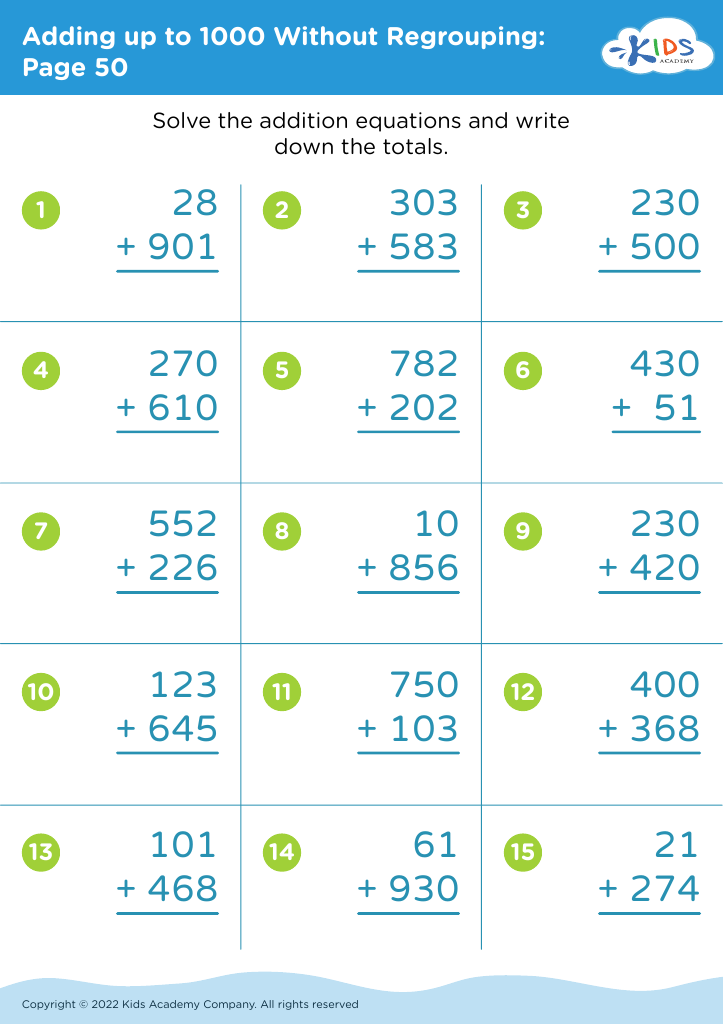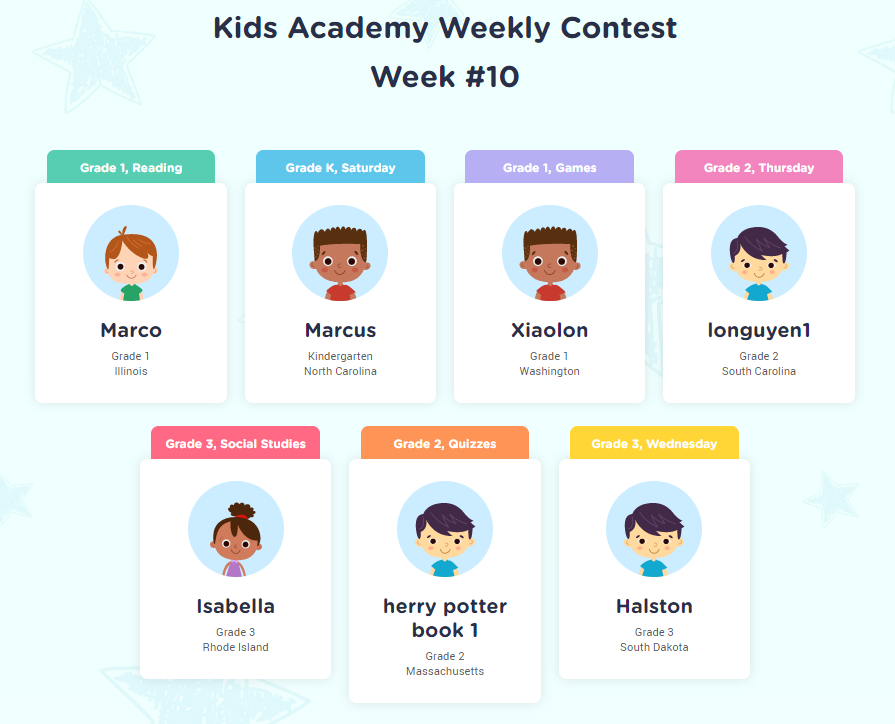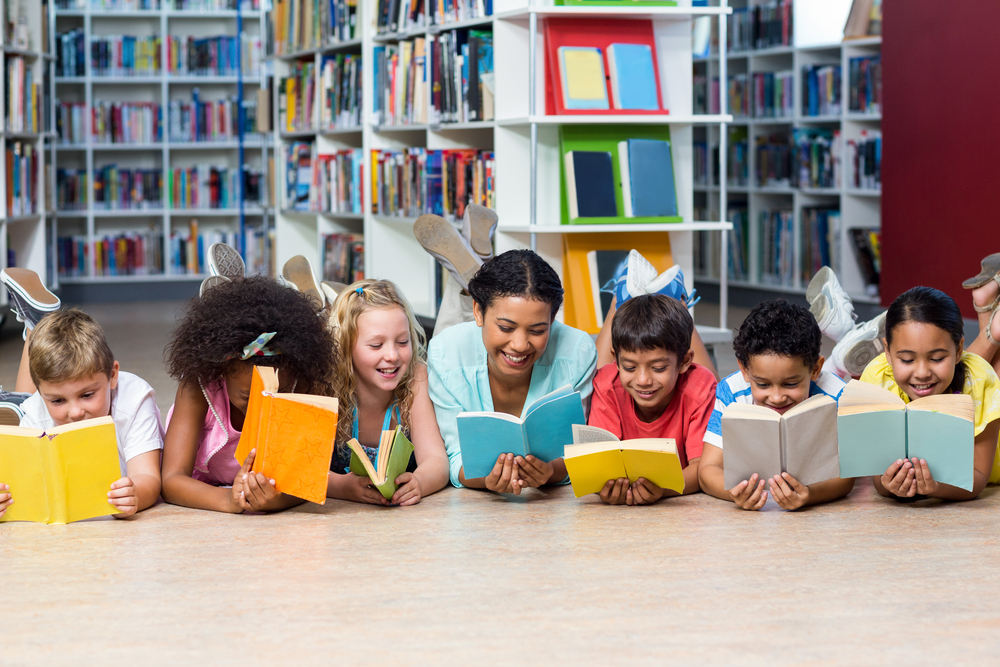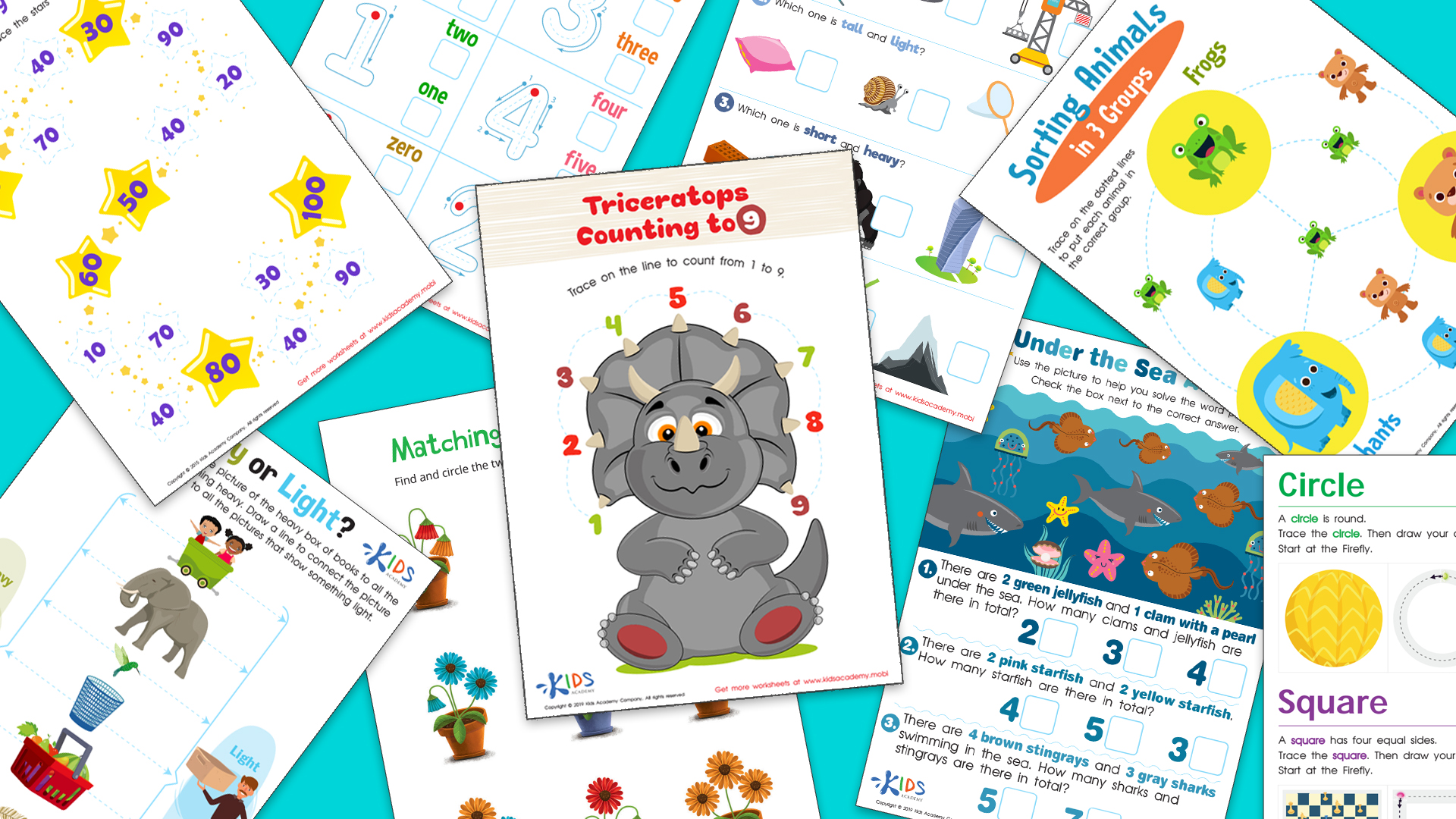Letter B practice Worksheets for Kids
1 filtered results
-
From - To
Question/Answer
What does the Letter B practice skill mean when it comes to Grade 2 Adding up to 1000 Without Regrouping learning?
The Letter B practice skill in the context of Grade 2 Adding up to 1000 Without Regrouping refers to a specific set of exercises or tasks designed to help second-grade students practice and master the skill of adding numbers that sum up to 1000 without the need for regrouping or carrying over numbers.
How to test a Grade 2 student’s Letter B practice skills?
To test a Grade 2 student's Letter B practice skills, provide worksheets that include tracing and writing the letter B in both uppercase and lowercase. Incorporate activities that involve identifying objects that begin with the letter B and encourage writing simple words starting with B.
What are some effective activities to train students’ Letter B practice skill when teaching them about Adding up to 1000 Without Regrouping?
Effective activities include: 1. Using number lines or base-ten blocks for visual aids. 2. Worksheets with problems designed for adding numbers up to 1000. 3. Interactive games that focus on addition without regrouping. 4. Partner or group activities where students solve and check each other’s addition problems. 5. Creating real-life scenarios for students to solve, enhancing practical understanding.




%20(1).jpg)








